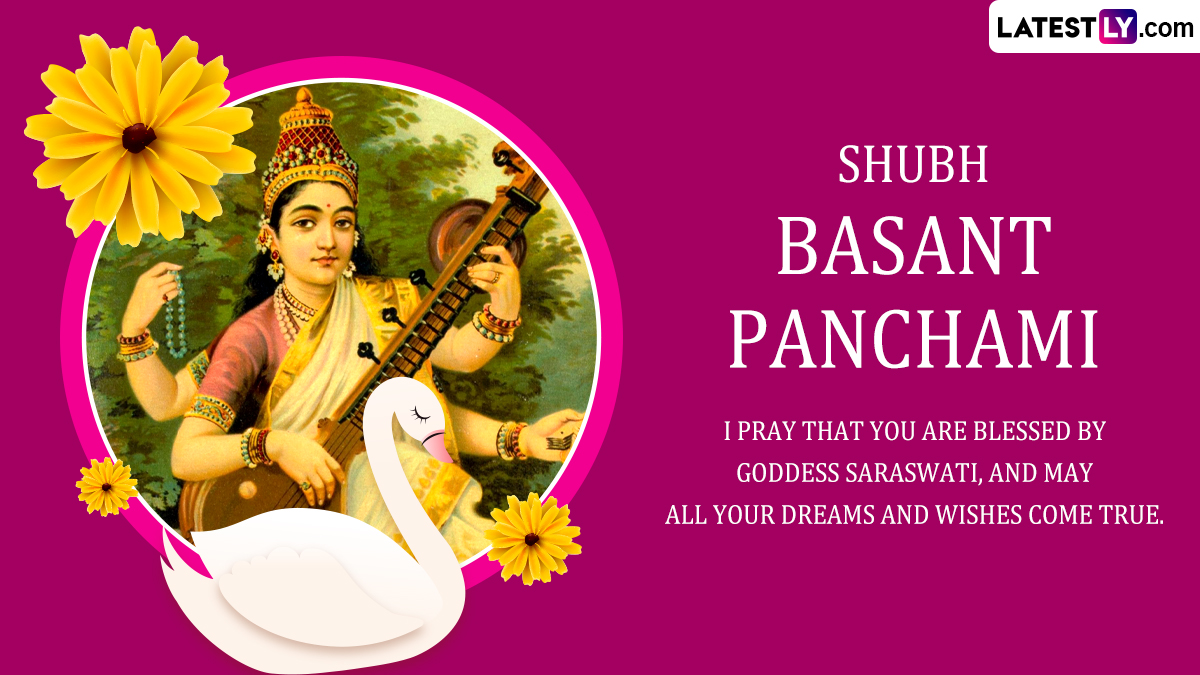Thiruvathira or Arudra Darshan, a significant Tamil festival, is dedicated to Lord Shiva and is observed on the day of Arudra Nakshatram, also known as Thiruvaathirai Nakshatram, during the Maargazhi Masam. This day is considered highly auspicious as it coincides with the Pournami (Full Moon), enhancing its spiritual significance. Thiruvathira 2025 date falls on January 13. For many devotees, Arudra Darshan marks the celebration of Lord Shiva’s divine Nataraja form, and it is believed to be the day of Lord Shiva’s cosmic birth. This is in contrast to the Maha Shivaratri festival, which is considered Lord Shiva’s birthday in other parts of India.
Thiruvathira or Arudra Darshan 2025 Date & Shubh Muhurat
In 2025, Arudra Darshan will fall on Monday, January 13, with Thiruvathirai Nakshathram beginning at 11:24 AM on January 12 and concluding at 10:38 AM on January 13.
Arudra Darshan Significance & Importance
Arudra Darshan holds special importance as it honours Lord Shiva in his Nataraja form, symbolising the cosmic dance of creation, preservation, and destruction. The festival is a time for devotees to connect with the divine energy of Lord Shiva and reflect on the eternal cycle of the universe. This celebration is particularly special in Tamil culture, where it is believed that Lord Shiva performed the Ananda Tandava, a celestial dance, to reveal the secrets of the universe. The dance signifies the continuous flow of creation, preservation, and destruction in the cosmic order.
Thiruvathira Puja Vidhi
The rituals for Thiruvathira are conducted early in the morning and follow a traditional procedure to honour Lord Shiva. Here’s a detailed guide to the steps involved in the celebration:
Step 1: Morning Preparations
Devotees begin the day with a holy bath before sunrise, which is believed to purify the body and soul. Fasting, whether partial or complete, is also a customary practice on this day to aid in spiritual purification.
Step 2: Setting Up the Altar
In homes and temples, a sacred altar is prepared with an idol or image of Lord Shiva, preferably in the Nataraja form. The altar is decorated with fresh flowers, and oil lamps are lit to honour the deity, creating an atmosphere of devotion and reverence.
Step 3: Abhishekam (Holy Bath)
In temples, priests perform Abhishekam, where the idol of Lord Nataraja is bathed with a variety of sacred substances such as milk, honey, curd, ghee, coconut water, and rose water. Each of these items has its symbolic significance:
- Milk symbolises purity.
- Honey represents sweetness and compassion.
- Curd signifies nourishment.
- Ghee embodies strength and clarity.
- Coconut water symbolises fertility and growth.
- Rose water is a symbol of love and beauty.
Step 4: Chanting Sacred Mantras
Priests and devotees chant mantras, with the Om Namah Shivaya mantra being particularly prominent. This powerful mantra is believed to invoke blessings from Lord Shiva and radiate positive energy.
Step 5: Offering Prayers and Rituals
A common offering during Arudra Darshan is the Bilva leaf, which holds great importance in Hindu rituals. Devotees also present fruits, sweets, and incense sticks as prayers for peace, prosperity, and spiritual growth.
Step 6: Reciting Shiva Stotras
Devotees recite sacred texts such as the Shiva Tandava Stotra, Shiva Sahasranama, and other Shiva hymns to honour Lord Nataraja. These hymns describe his cosmic dance and the universe’s creation and dissolution. The recitations are considered acts of reverence and meditation.
Step 7: Observing the Fast
Many devotees choose to observe a full-day fast as part of their offering. The fast is typically broken at sunset with sattvic food, symbolising discipline, self-control, and respect toward the divine.
Arudra Darshan is deeply intertwined with several mythological stories that highlight Lord Shiva’s cosmic dance. One of the most celebrated legends tells the story of Lord Shiva performing the Ananda Tandava at the Chidambaram Temple in Tamil Nadu. In this legend, Lord Shiva reveals his cosmic form and performs the dance to show the gods, including Vishnu and Brahma, the rhythms of creation and dissolution. His dance signifies the ceaseless cycle of life and death, creation and destruction, that governs the universe.
Another story revolves around Goddess Parvati, Lord Shiva’s consort, who asked him to reveal his cosmic dance. On the day of Arudra Darshan, Lord Shiva granted her wish, showcasing his divine dance. This tale emphasises devotion, surrender to the divine, and the blessings that come with true faith and humility.
Arudra Darshan is a powerful and spiritually enriching festival dedicated to Lord Shiva, offering devotees an opportunity to connect with the divine energies of the universe. The rituals, prayers, and legends associated with this day serve as reminders of the cosmic balance that governs life and the universe. It is a time for devotees to reflect on their spiritual journey, seek Lord Shiva’s blessings, and honour the eternal rhythm of creation, preservation, and destruction that he embodies through his Nataraja form.
(Disclaimer: The information provided here is based on beliefs and legends only. Before applying any information in real life, consult the concerned expert.)
(The above story first appeared on LatestLY on Jan 12, 2025 04:38 PM IST. For more news and updates on politics, world, sports, entertainment and lifestyle, log on to our website latestly.com).

Black History Month 2025 Quotes, Sayings and Messages To Inspire and Empower You




















